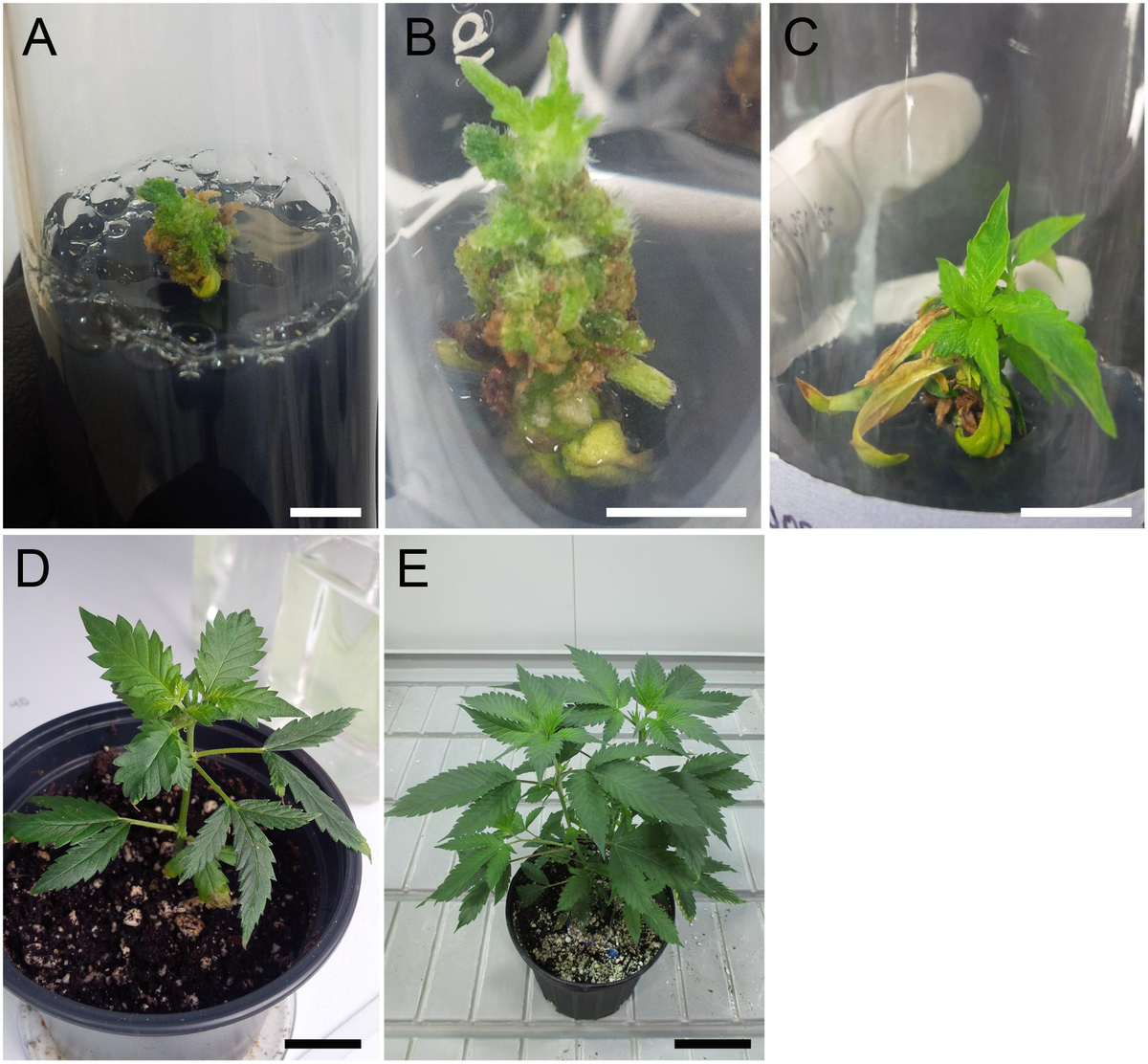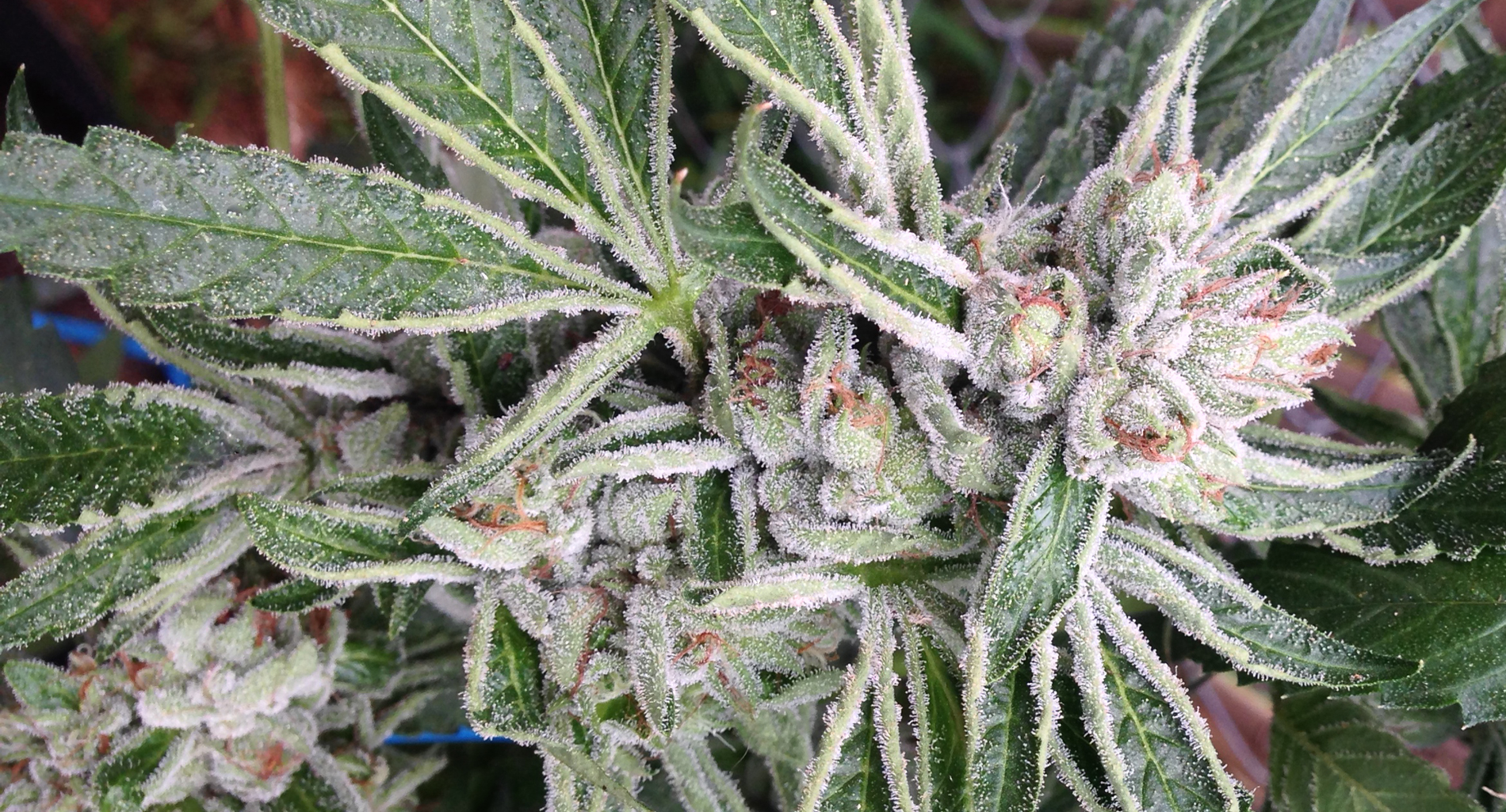
SC Labs First to Offer DCC-Approved Expanded Potency Compliance Testing for Cannabis Flower and Non-Infused Prerolls
SC Labs first to offer expanded list of DCC-approved analytes (including THCVa, CBDV, CBDVa, CBCa, CBGa, and CBL)—giving cultivators and manufacturers a powerful tool for product differentiation, and allowing consumers to make more informed purchasing decisions.
Comprehensive and compliant
Launching Tuesday, Feb. 27, this strategic expansion reintroduces pivotal compounds to the DCC compliance panel—specifically THCVa, CBDV, CBDVa, CBCa, CBGa, and CBL—amplifying our collective understanding of cannabis profiles. By pushing the boundaries of cannabinoid analysis, SC Labs remains steadfast at the vanguard of innovation, delivering priceless insights for consumers, producers, and researchers alike.– Jeff Gray, CEO, SC LabsWe’ve always championed the advancement of cannabis testing science. This expanded compliance panel reaffirms our unwavering commitment to furnishing precise and comprehensive information, empowering the industry with state-of-the-art insights.





 a elite clone in every female seed of the strain
a elite clone in every female seed of the strain





